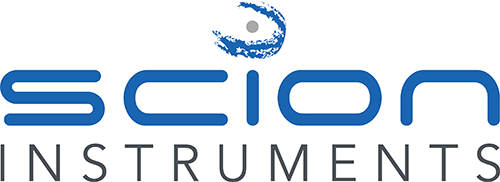How Can We Improve Our Solid Phase Extraction Processes?
When should we use solid phase extraction?
Solid phase extraction (SPE) is a powerful sample preparation technique used across many different industries including pharmaceutical, environmental and forensics. The main aims of sample preparation is to remove or minimise sample matrix effects, have a sample which is in solution and at an appropriate concentration for analysis using your chosen technique such as gas or liquid chromatography. By removing the matrix contaminants you can increase the detection sensitivity and your column lifetime.
What is the difference between solid phase extraction and liquid-liquid extraction?
Solid phase extraction is a sample preparation technique which is based on chromatographic separation. A sample can be purified and concentrated by adsorption of the target analytes through a solid sorbent and then cleaned up and eluted through use of appropriate solvents. Liquid-liquid extraction (LLE) uses two immiscible solvents to separate and purify a sample by compounds exchanging between the solvents.
What are the advantages and disadvantages of solid phase extraction?
When compared to LLE, SPE is classified as a more powerful and accurate extraction method, with the flexibility to be automated. Some of the advantages of using SPE is that you do not need expensive glassware such as separatory funnels and it uses significantly smaller amount of solvents, both of these factors reduce cost and the use of minimal solvents is advantageous for health and the environment.
SPE is deemed a time efficient and less labour intensive sample preparation method. which is a highly selective and an efficient extraction method. It gives a high recovery efficiency for the target analytes across a wide variety of applications. Importantly it has high reproducibility and the potential to be scaled and automated.
Solid phase extraction does require using a solid adsorbent which usually is found in the form of a cartridge device but can be a disk. Understanding your sample matrix is crucial for a successful extraction.
Common Problems in Solid Phase Extraction
Poor recovery and reproducibility can be caused by instrument issues so ensuring your analytical system is functioning correctly should be the first stage of troubleshooting.
To get reproducible and high efficiency results from SPE the sample must be in liquid state before being put through SPE cartridge or disc. SPE sample should be a liquid of a low viscosity, able to pass through the cartridge with a low amount of solid or particulate contaminants to prevent clogging. The solvent composition should be suitable to retain the target analyte from the sorbent during extraction process.
Sample extracts being insufficiently clean can be caused due to the sorbent material not being conditioned properly and inefficient washing to remove any interferences. It is key to know the relationship between the analyte and the sorbent so that the washing solvent can be optimised and an appropriate strength used which will remove interferants but retain the target analytes. During the elution stage of SPE, the strength of the solvent being used is also crucial. There is a balance to be found where the solvent is strong enough to elute target analyte whilst leaving interferants behind but using minimal solvent volumes.
How do we ensure the best selectivity and recovery?
It is crucial to select the correct type of sorbent and solvents for your solid phase extraction to have optimal target analyte recovery. To do this knowledge of the sample matrix and your target analyte is essential. The selectivity of the sorbent can be due to hydrophobic, ion-exchange, affinity or other chemical interactions.
To ensure the best selectivity and recovery from the extraction method consider logP, logD and pKa of your target analyte, sorbent and solvents. These values will allow the extraction to be designed for optimal results. For example, when the target analyte has polar or ionisable functional group, more polar sorbents or ion-exchange sorbents can be selected. Remember “ like dissolves like” principle. If your target analyte has a negative logP it will indicate a higher affinity for aqueous phase so choose a more hydrophilic sorbent.
SPE is an extremely useful sample preparation technique for a wide scope of applications. Understanding the chemistry of your sample matrix and target analyte is key to executing SPE successfully.
Download Technical Note- How to Improve SPE V1
